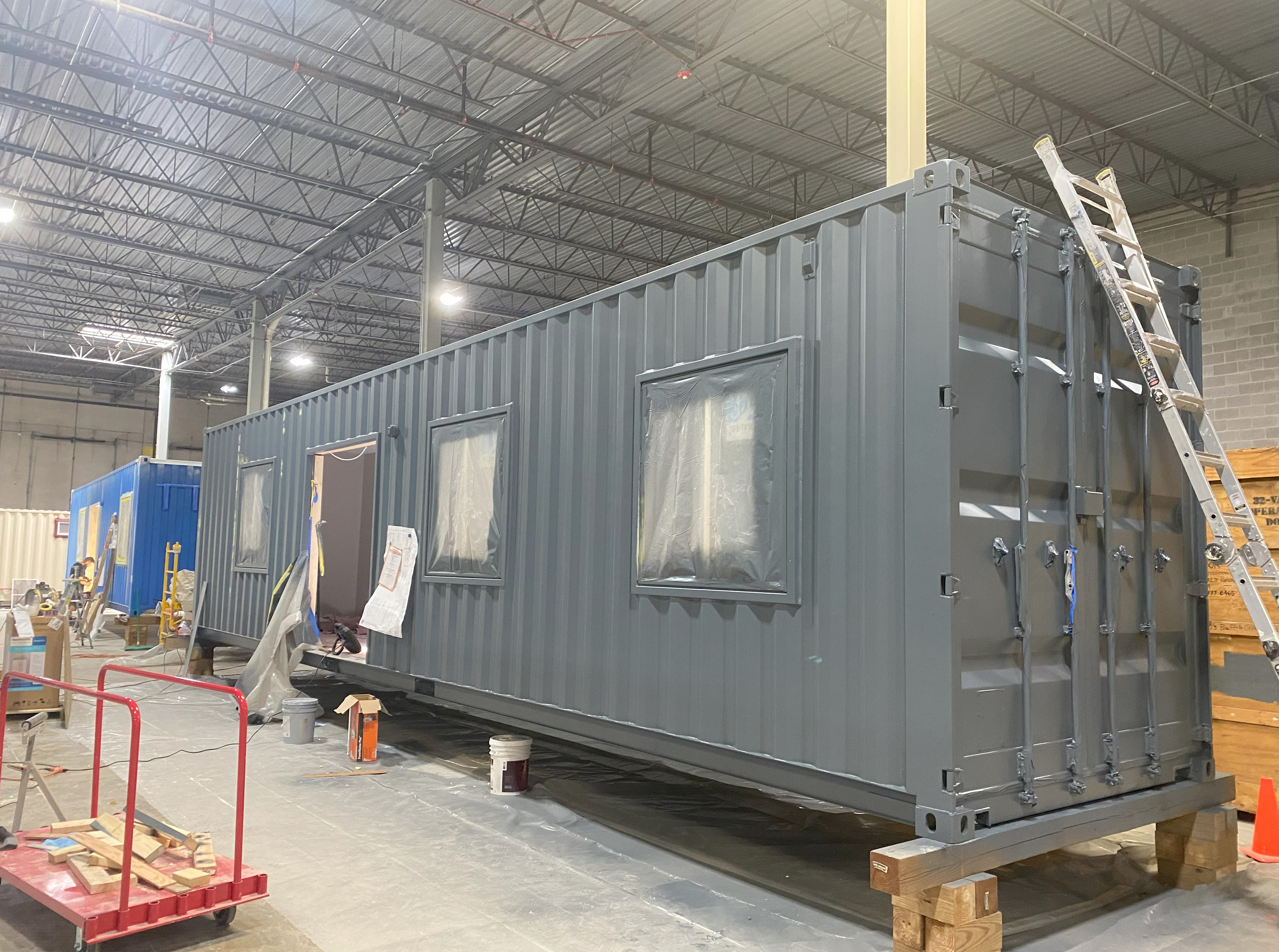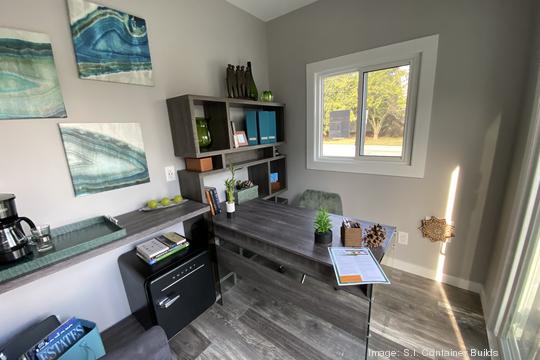The use of shipping containers to create homes, offices, and commercial spaces is not just a trend but a movement toward sustainability and resourcefulness. Amidst this construction revolution, a significant debate has emerged: the choice between multi-use and single-use shipping containers. Rory Rubin, a visionary in the container housing industry, delves into this topic, offering invaluable insights that illuminate the path for builders and developers.

Rory Rubin
The Case for Single-use Containers
Rubin, through her company SI Container Builds, champions the use of single-use containers for construction projects. The logic is compelling; these containers have only traversed the seas once, arriving almost new and with their structural integrity intact. Rubin argues that the unknowns associated with containers that have been used multiple times—such as potential damage or wear and tear—pose risks to the safety and durability of a construction project. This stance challenges the industry norm where the allure of lower costs often sways decisions in favor of multi-use containers.

Weighing the Costs
It’s no secret that single-use containers come with a higher price tag. However, Rubin points out that the initial investment is offset by the containers’ superior condition, which can significantly reduce future expenses on repairs and modifications. The fluctuating costs of containers, closely tied to the global steel market, underscore the principle that quality comes at a price—a lesson Rubin believes is crucial for the industry.
Understanding the Origins
Over 85% of the world’s shipping containers are produced in China, a fact that has broad implications for the container housing market. This dominance affects everything from availability and cost to the environmental impact of transporting these containers globally. Rubin’s insights into manufacturing origins shed light on the complexities of the supply chain that builders must navigate.

Navigating Legal Waters
The regulatory landscape is a minefield for container construction projects. Rubin emphasizes the necessity of adhering to building codes and regulations, which often require a deep dive into a container’s history. With many states imposing stringent standards on the use of steel, the choice of container is not just a matter of preference but of compliance. This reality makes single-use containers, with their traceable histories, the safer bet for avoiding legal pitfalls.
Dispelling Myths
The dream of transforming a shipping container into a cozy home with minimal effort and cost is pervasive on social media. Yet, Rubin cautions against this oversimplified view. Without the right expertise, materials, and professionals, such projects can quickly turn into nightmares of rust, leaks, and mold. Rubin’s advice? Invest in quality by collaborating with licensed architects and structural engineers from the get-go.

Looking Ahead
Rubin’s perspective on the use of shipping containers for construction is a call to prioritize structural integrity, regulatory compliance, and overall project success. While multi-use containers may offer an attractive upfront saving, the hidden costs of refurbishment and potential compliance issues make single-use containers the prudent choice for those focused on long-term value. This approach resonates with the industry’s shift towards sustainable, innovative solutions that don’t compromise on quality or safety.
As we navigate this new era of construction, Rubin’s insights serve as a beacon for those looking to invest in shipping container projects. It’s a reminder that in the world of container construction, the decisions we make today will shape the landscapes of tomorrow.
Gary Fleisher is a renowned blogger and commentator on construction and housing trends, known for his insightful analysis of the industry.



